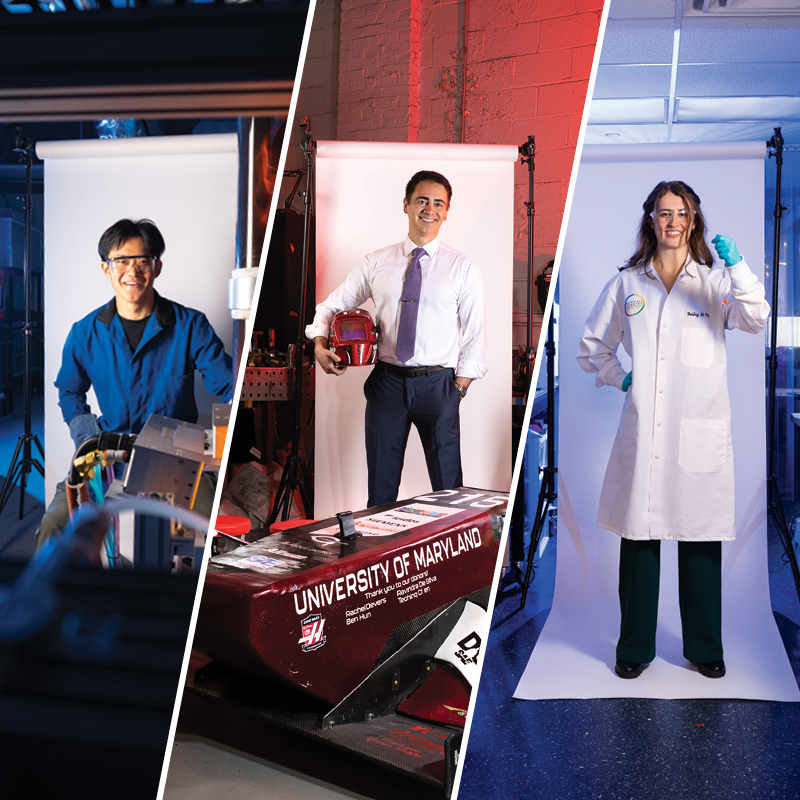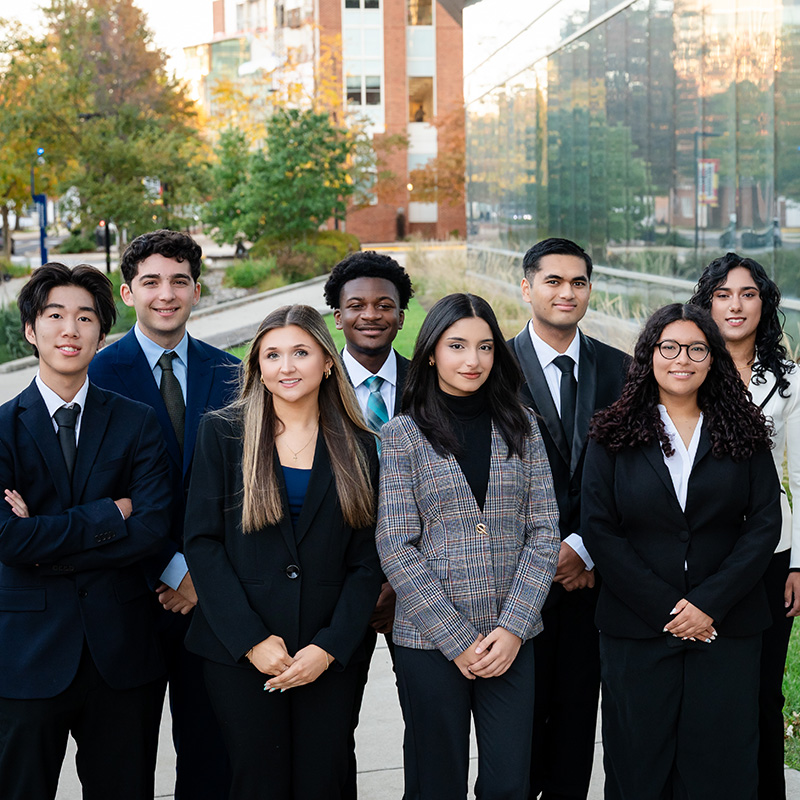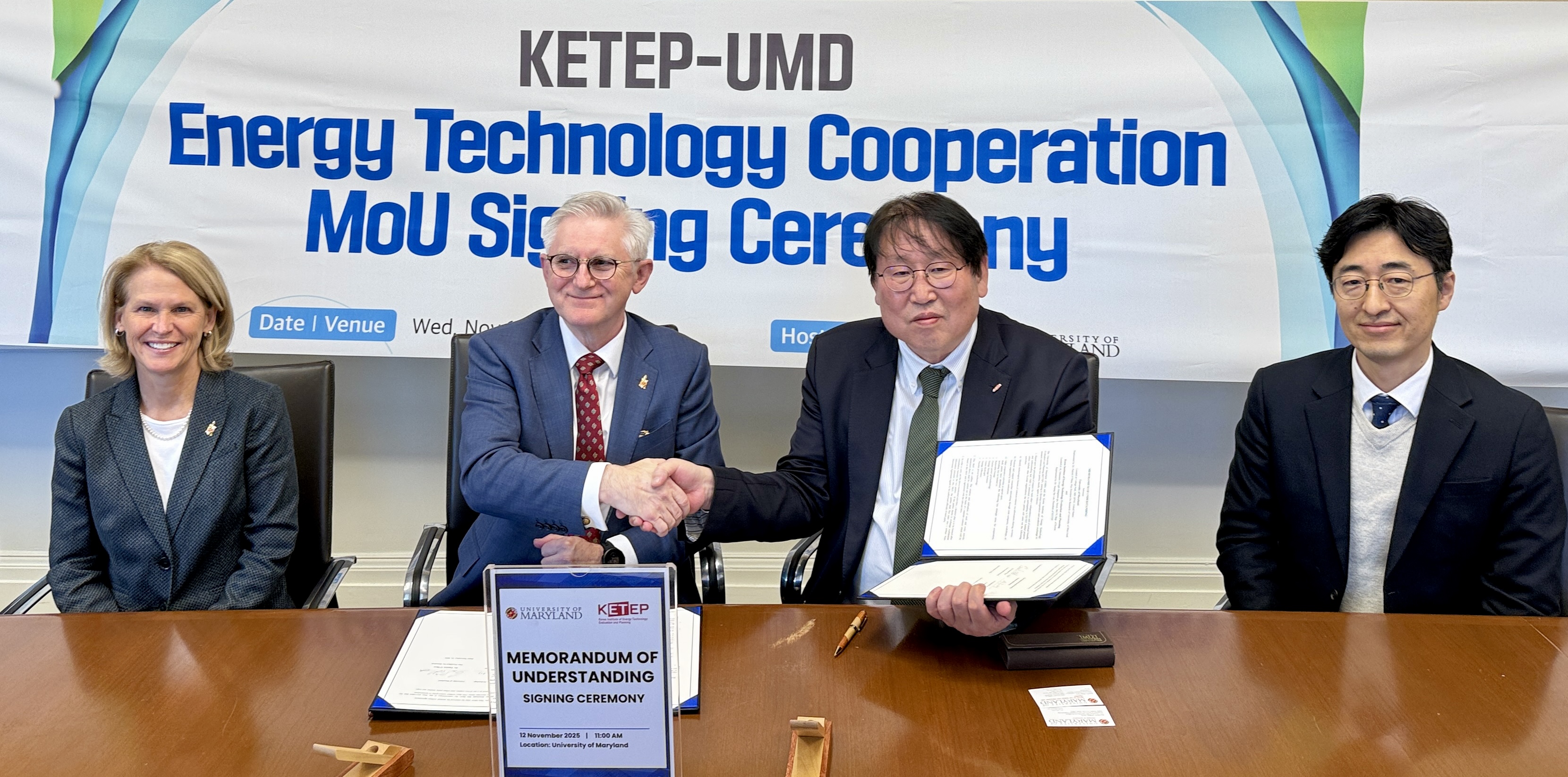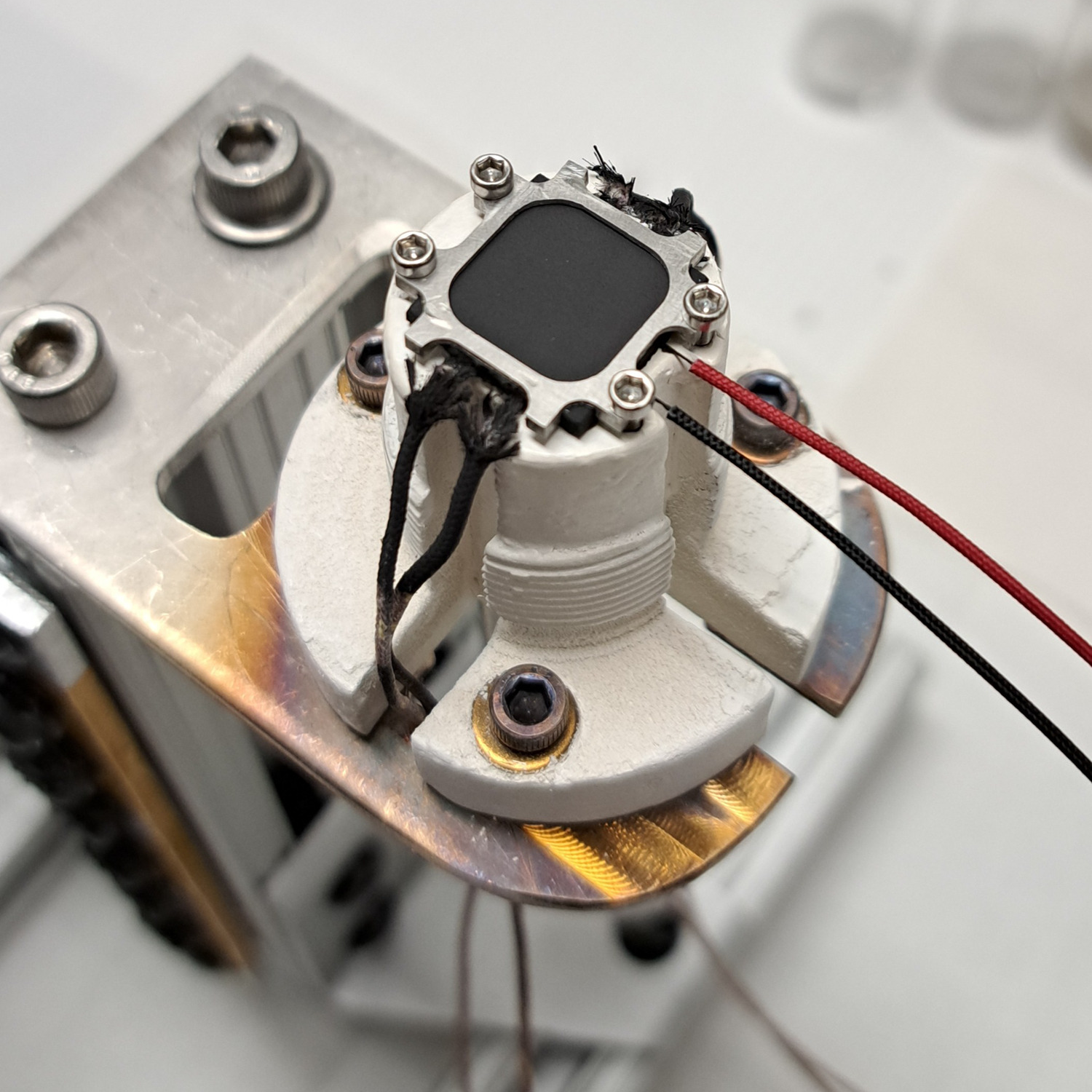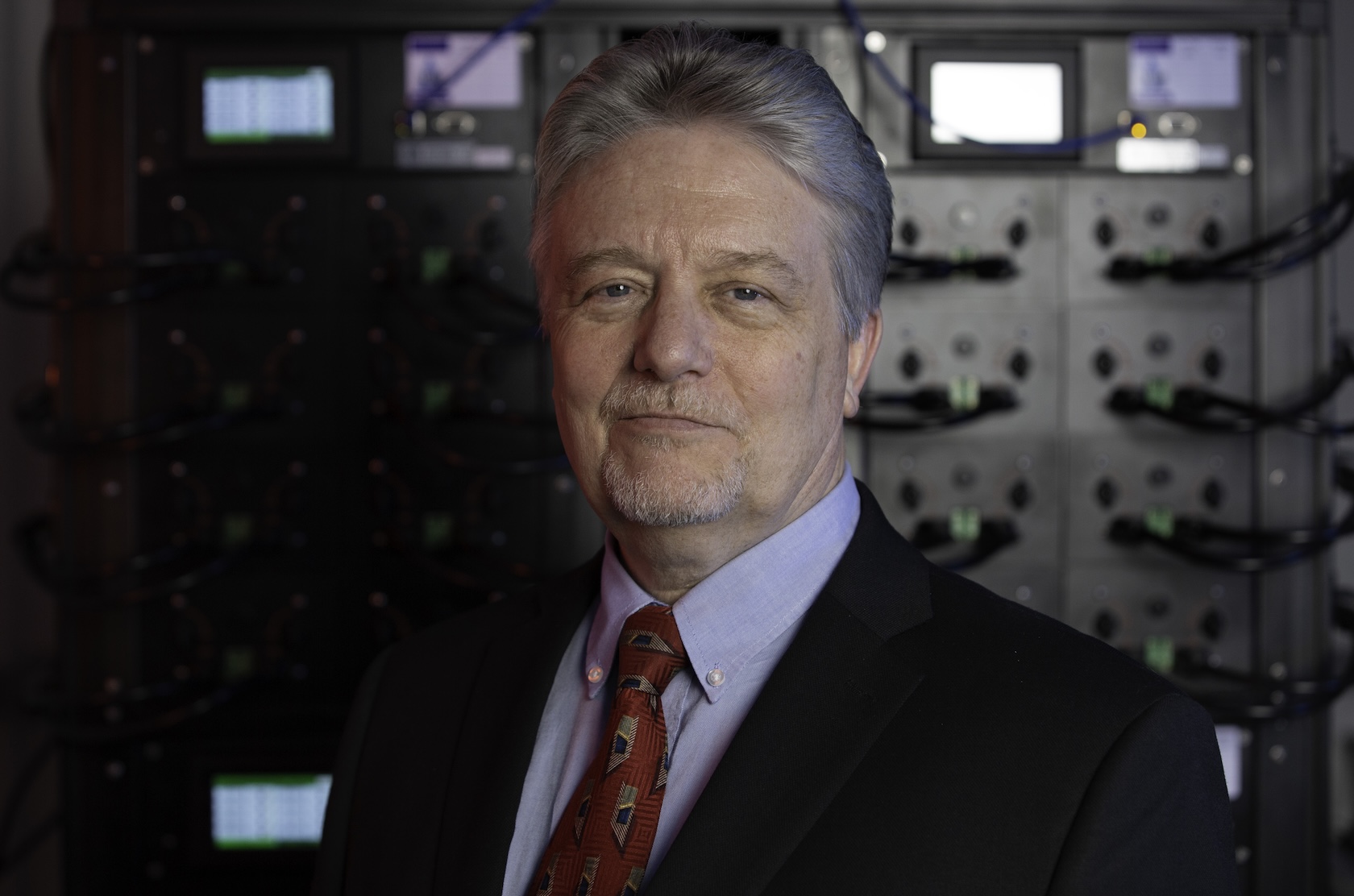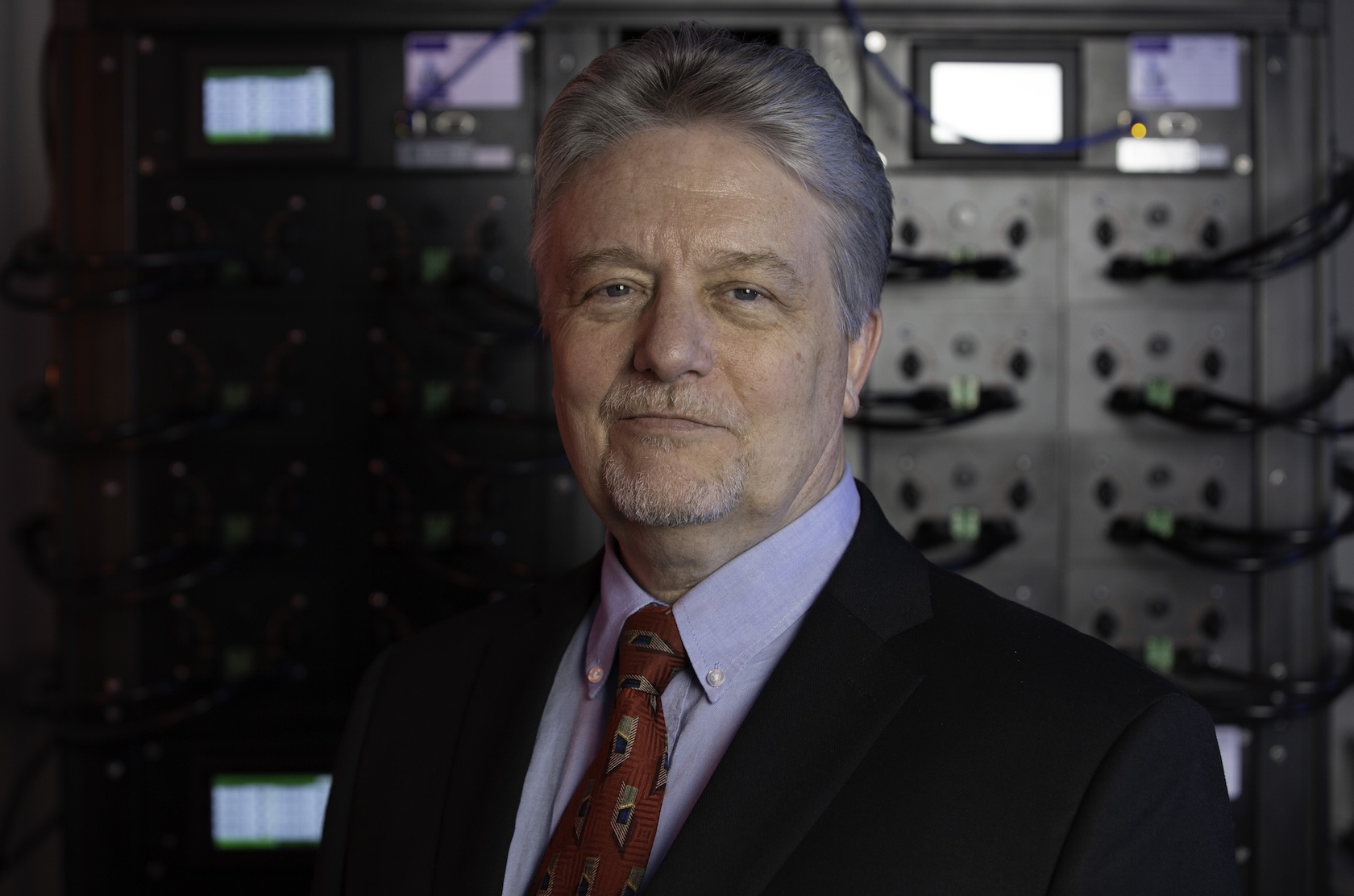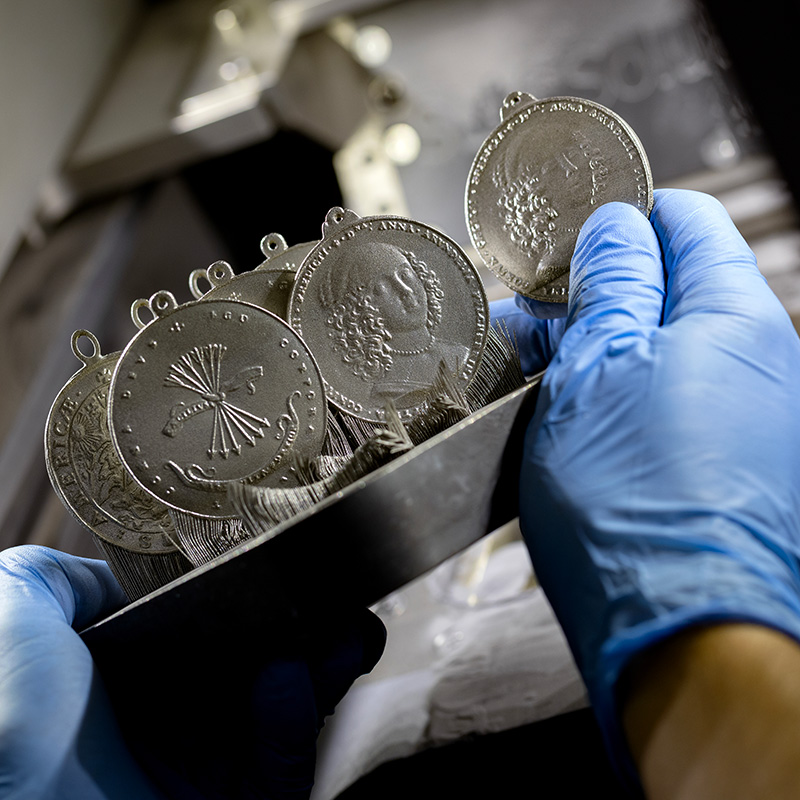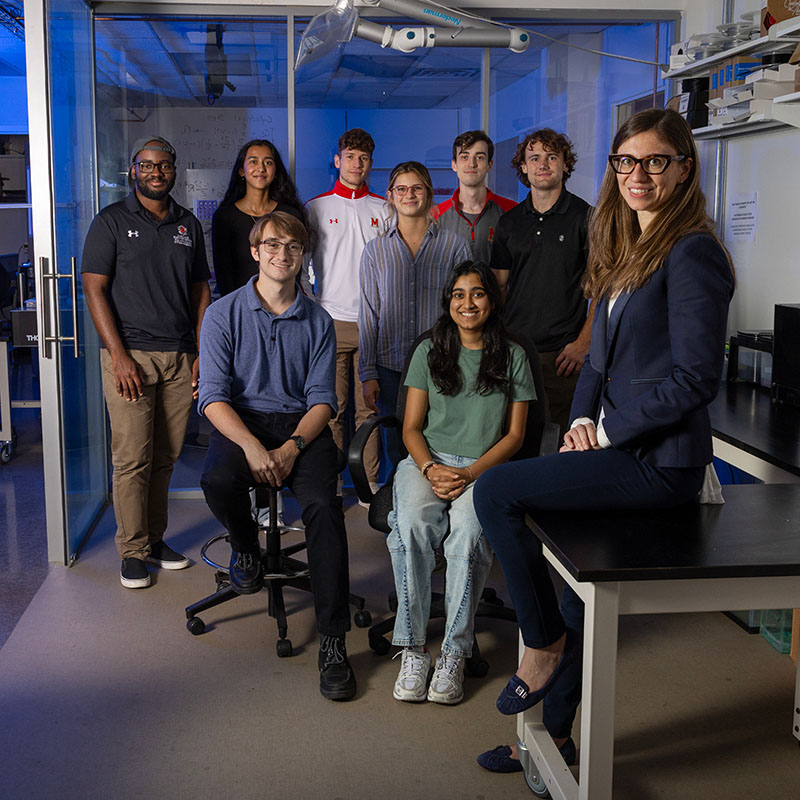News Story
Students’ Research on Lithium Garnet Electrolytes Reveals Transformative Solid-State Energy Solutions
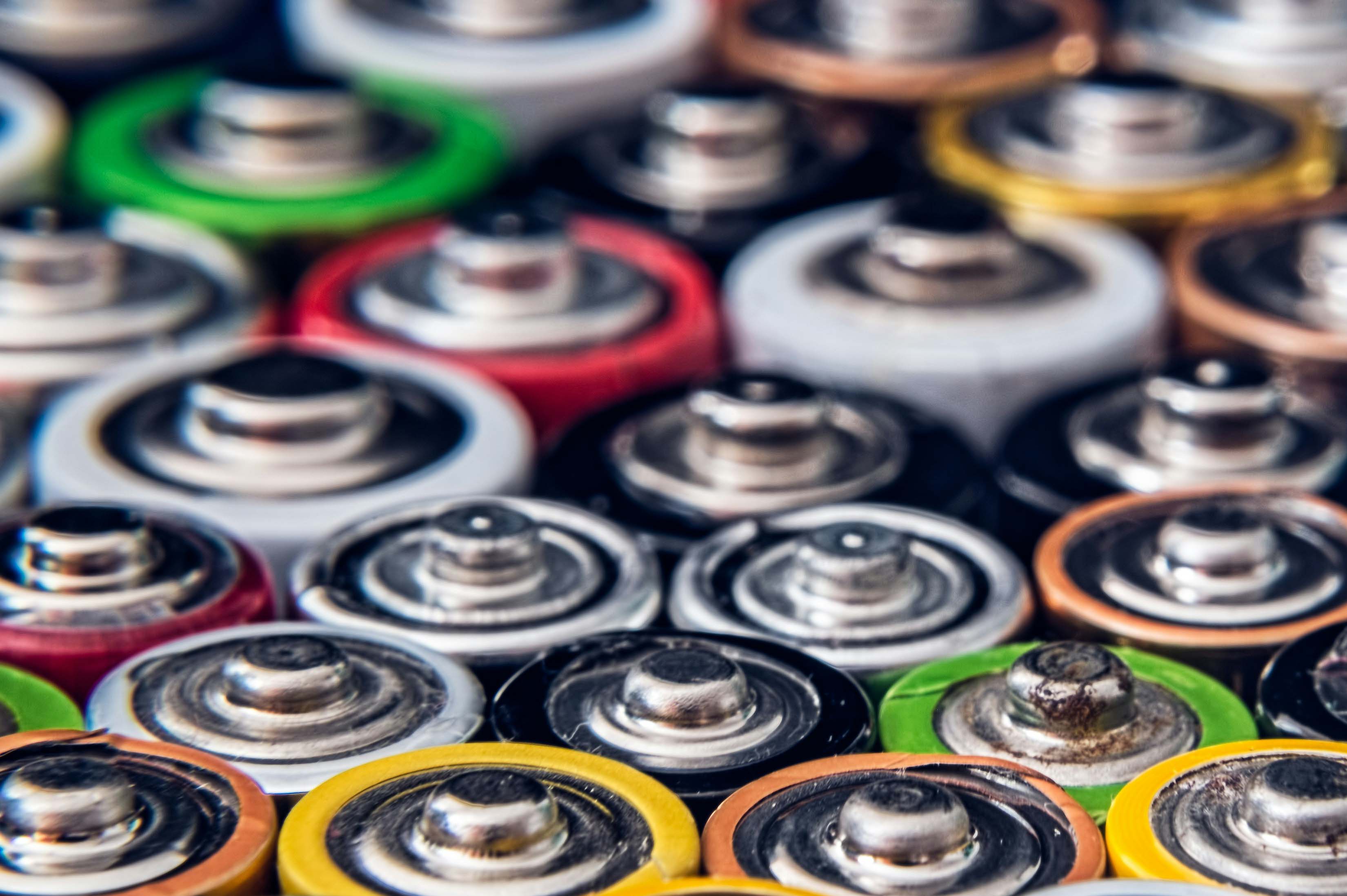
Researchers studying next-generation energy storage solutions unveiled groundbreaking results in enhanced lithium garnet conductors, a step forward in developing solid-state batteries with higher efficiency, power, recharging rate and increased longevity.
A team of student researchers led by Yifei Mo, a professor in the Department of Materials Science and Engineering (MSE), led a computational study that explored polarons within mixed ionic-electronic conducting lithium garnets, published in ACS Energy Letters.
Mo’s team delved into the mechanisms that drive electronic and ionic conduction within these materials, offering new insights that could transform lithium garnet electrolytes for next-generation energy storage solutions. Their work builds upon initial discoveries by Eric Wachsman, professor and director of the Maryland Energy Innovation Institute, whose team first identified these materials and demonstrated a world-record high cycling rate for solid-state batteries.
Utilizing advanced computational methods, the researchers investigated the behavior of polarons—quasiparticles that influence the conduction of electric charge. By studying the interplay of ionic and electronic conduction, they identified materials and configurations that improve both stability and performance in lithium garnet conductors. These enhancements could lead to solid-state batteries with higher efficiency, power, recharging rate and longevity.
“Our research provides a pathway toward creating lithium garnet conductors with optimized electronic and ionic conduction, which are critical for the development of safer, high-energy solid-state batteries,” said Mo.
The team’s findings not only address key challenges in the next-generation solid-state battery technology but also lay the groundwork for further exploration into materials with mixed conduction properties, such as high-energy battery electrodes, fuel cells, electrolyzers, and membranes, accelerating the materials design for enabling future of sustainable energy storage and conversion.
The research team included second-year MSE doctoral student Charles Schwarz, first author of the study, as well as Nina Borodin, an undergraduate participant in the National Science Foundation's Summer Research Experiences in Renewable and Sustainable Energy Technology (ReSET), a program hosted in the materials science and engineering department.
“We are very delighted that the team continued to include Nina in the program long distance after the summer ReSET Program ended and that she was able to contribute to the research and the paper,” said Associate Professor Isabel Lloyd, who also directs the ReSET program.
Their contributions reflect the University of Maryland's commitment to fostering an active environment for the students to conduct cutting edge research in areas such as sustainable energy research, and in training next-generation emerging talents.
Published January 9, 2025
